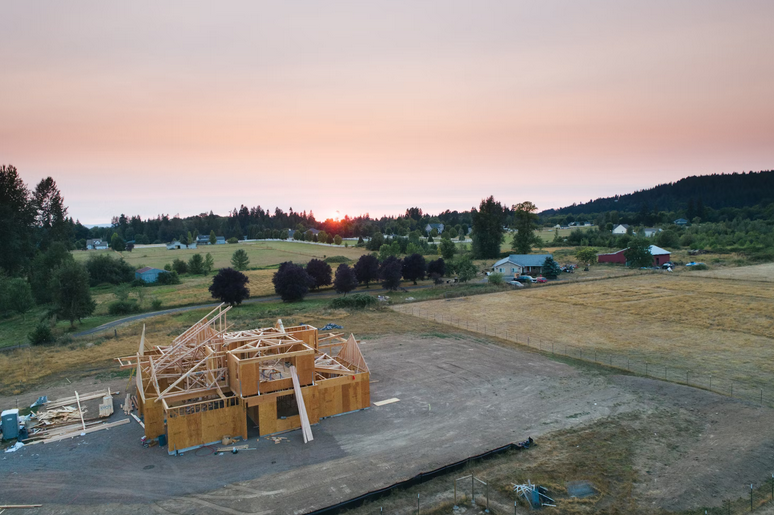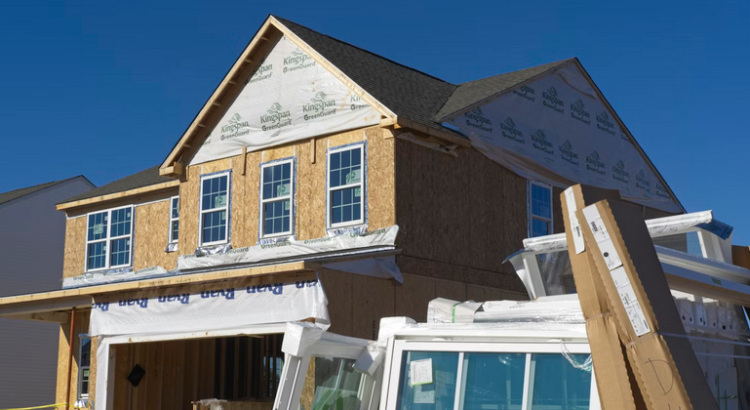Building a home is one of life’s most significant adventures. As we look toward 2025, the landscape of construction and design is evolving rapidly. With technological advances, environmental concerns, and shifting investment trends, there’s much to consider before breaking ground.
Are you ready to embrace the real estate future as predicted in Esslinger Zeitung? Whether you dream of smart homes brimming with innovation or sustainable spaces that respect our planet, this journey requires foresight and planning. Let’s explore what you need to know as you prepare to build your dream home for tomorrow’s world.
Future-Proofing for Technology

As technology continues to advance, future-proofing your home becomes essential. Imagine living in a space that seamlessly integrates the latest innovations without requiring constant upgrades. Invest in high-speed internet infrastructure and smart home systems designed for scalability. This ensures your home can adapt as new technologies emerge. Don’t overlook renewable energy sources like solar panels or battery storage options. These not only reduce utility costs but also position your home at the forefront of sustainable living trends. Think about modular design elements that allow for easy renovations down the line. Flexibility is the golden key to accommodating changing tech needs or family dynamics.
Sustainable Building Practices
Sustainable building practices are reshaping the construction landscape. These practices focus on reducing environmental impact while promoting energy efficiency. Using recycled and locally sourced materials is a key component. This approach not only lowers carbon emissions but also supports local economies. Incorporating renewable energy technologies, like solar panels, makes homes more self-sufficient. These systems can significantly reduce utility bills over time. Proper insulation and efficient HVAC systems play a vital role in maintaining comfort without excessive energy use. Smart home technology can further enhance efficiency by optimizing resource consumption.

Climate Resilience
Climate resilience is becoming a paramount consideration for new home builders. With increasing weather extremes, houses must be designed to withstand these challenges. Opting for durable materials can make a significant difference. Features like reinforced roofs and flood-resistant foundations enhance safety during storms or floods. Building green spaces around your property can also bolster climate resilience. Trees and gardens not only provide beauty but act as natural barriers against wind and flooding. It’s essential to think long-term when building for climate change. The right choices today can safeguard your investment tomorrow while contributing positively to the environment and community readiness.
Long-Term Investment Trends

Real estate remains a solid long-term investment, especially as urbanization continues to rise. In 2025, buyers will gravitate towards properties that offer both immediate comfort and future value. Emerging markets are worth considering. Cities with growing tech hubs attract young professionals eager for rental opportunities. This trend boosts property values over time. Moreover, multi-family units are gaining traction. They cater to diverse lifestyles and provide steady cash flow for investors. The demand for affordable housing is not going away anytime soon. Investors should also keep an eye on smart home technology integration.
Building a home in 2025 comes with exciting possibilities and challenges. Navigating this landscape requires careful thought, research, and adaptation. With the right approach, you can create a living space that meets modern needs while standing strong against future uncertainties.




